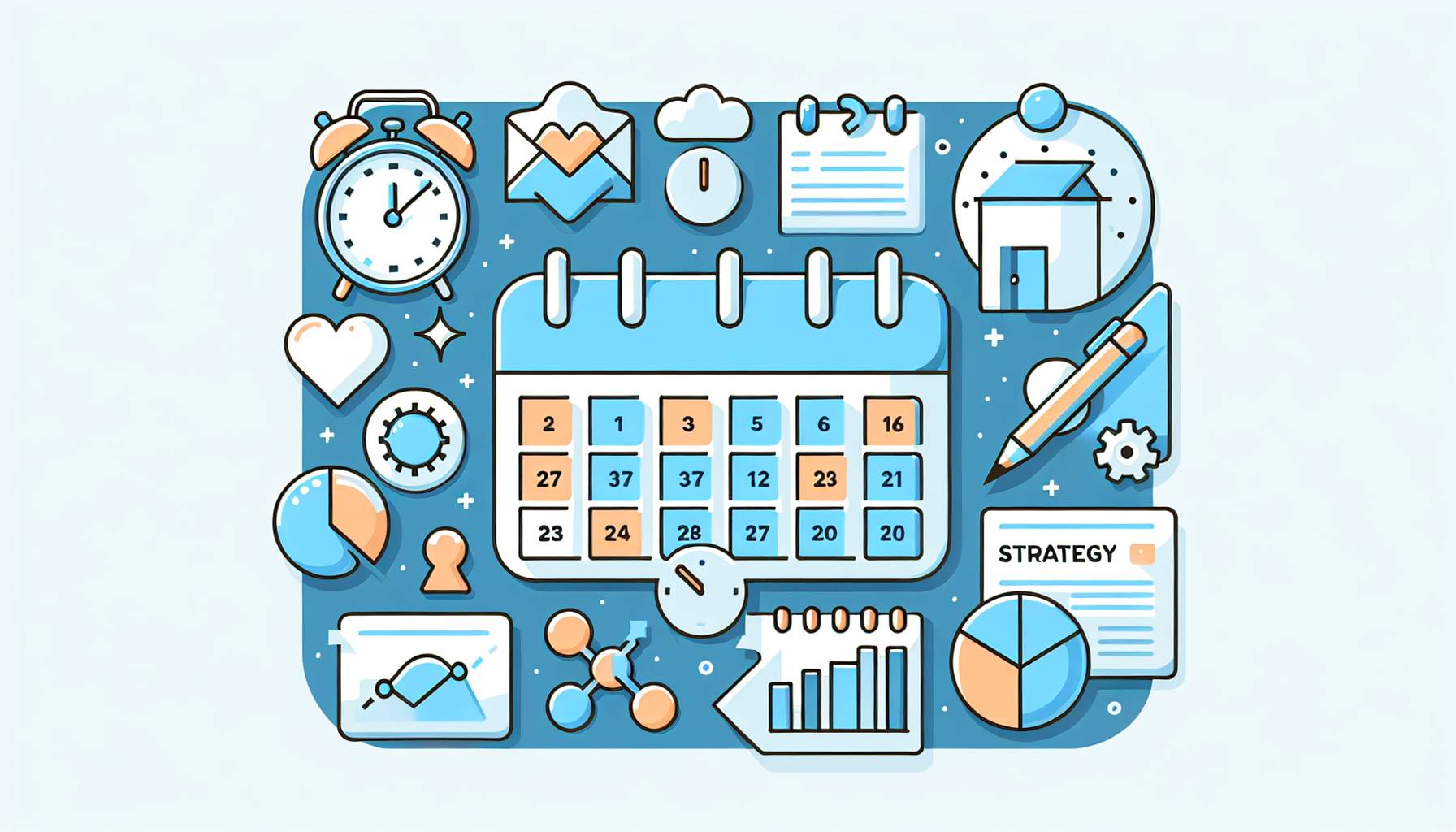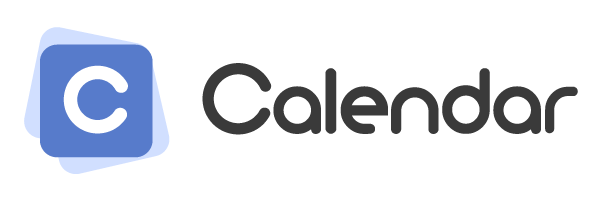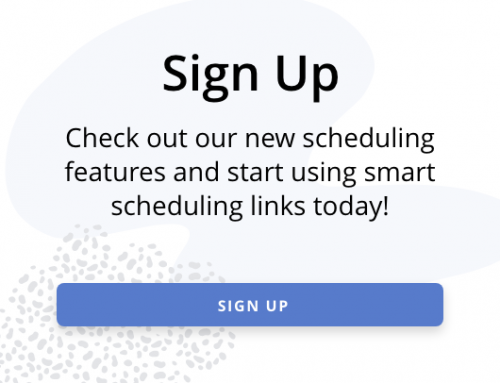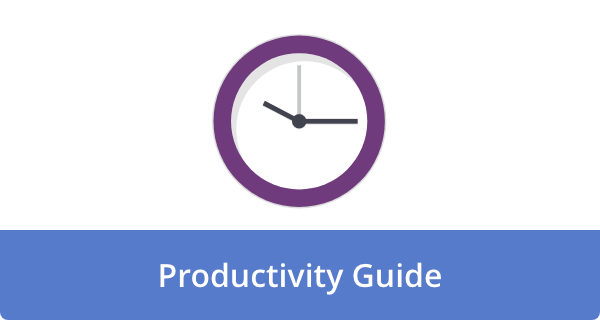

Say goodbye to chaotic calendars and tiresome time-gobbling sessions, as you review the secrets of meeting efficiency 101: Strategies for Smarter Calendar Scheduling. Here is a look at time management, highlighting the importance of efficient meetings and the practice of calendar scheduling. You’ll learn to prioritize like a pro, mastering the ins and outs of scheduling. Learn to strike the perfect balance between flexibility and consistency, using cutting-edge technology to achieve the ultimate goal of meeting planning nirvana. Productivity and flawless meeting orchestration is where you want to be.
The Importance of Efficient Meetings
Efficient meetings significantly elevate productivity and promote optimal time management. By adhering to a well-structured agenda, maximizing the use of technology, and ensuring punctuality, your team can achieve more in shorter timeframes. Having predefined goals and objectives for each meeting will reduce the time spent discussing irrelevant topics. Using video conferencing or productivity tools like Trello or Asana will keep everyone on your team updated on tasks without requiring them to read through lengthy email chains. Setting timers or allocating time for each agenda item ensures that meetings remain on track and focused.
To maintain a seamless flow between meetings and work tasks, it is essential to optimize calendar scheduling. Avoid scheduling meetings back-to-back or directly before or after important deadlines to ensure that team members have sufficient time to mentally prepare and engage fully. Some successful corporations, such as Buffer, only schedule meetings on specific days, leaving others open for focused work. Implementing this strategy, or other effective scheduling tactics, can lead to increased productivity and overall job satisfaction among employees.
Calendar Scheduling
Mastering calendar scheduling is your dream come true — every movement perfectly timed and executed to ensure seamless performance. Specific scheduling principles help you maximize meeting efficiency, improve collaboration, and prevent anyone from messing up the set part of the schedule that cannot be changed. For example, booking meetings at strategic timings such as morning hours when participants are fresh and energized, or scheduling buffer time between back-to-back meetings, can ensure optimum productivity and focus.
To further elevate your calendar-scheduling prowess, consider incorporating user-friendly tools and apps designed to streamline the scheduling process. Platforms like Doodle, Calendly, and Google Calendar offer features such as time zone management, customizable notifications, and easy time slot selection, simplifying coordination efforts and ensuring everyone stays in sync. Additionally, coordinating with attendees to minimize distractions and ensure adequate preparation, such as circulating agendas and pre-read materials in advance, can lead to more productive and effective discussions during the meeting. With these strategies in place, your calendar will be a well-organized masterpiece, ensuring every meeting runs smoothly and effectively.
Prioritizing and Sorting Meetings
Prioritizing and scheduling meetings efficiently is a fundamental aspect of effective calendar management. By effectively ranking meetings and allocating them to your calendar, you ensure that your time is used productively and that critical appointments receive the deserved attention. For instance, consider utilizing categorization tools in your scheduling app to easily identify priority meetings, or employ the Eisenhower Matrix to classify appointments based on urgency and importance. This approach not only improves overall organization but also heightens the likelihood of achieving your objectives.
Smooth transitions can be achieved through strategic planning and realistic time allocation. It’s crucial to allow buffer time between meetings to decompress, review notes, and prepare for the next appointment, ensuring a successful transition and clarity of thought. For example, a 15-minute break between back-to-back meetings will minimize stress and promote punctuality. Moreover, consider consolidating similar meetings on specific days, such as client meetings on Tuesdays and internal staff meetings on Thursdays. By doing so, you maintain a streamlined and well-structured calendar, enabling optimal productivity.
Strategies for Scheduling Mastery
In the quest for scheduling mastery, adopting sound strategies can significantly enhance the efficiency of your meetings and save valuable time. For example, scheduling meetings at the beginning or end of the workday can increase focus and prevent interruptions that often occur during busy days—moreover, determining priorities when scheduling allows for better management of urgent tasks and the ability to address vital projects promptly. A helpful tool, the Eisenhower Matrix, can guide in categorizing tasks based on urgency and importance, thus providing a solid framework for prioritizing your calendar appointments.
Optimize your scheduling even further by considering tools designed explicitly for this purpose, such as Doodle or Calendly, which can streamline the scheduling process and eliminate time-consuming email exchanges. Additionally, setting a meeting agenda and distributing it beforehand allows participants to come prepared, leading to more productive discussions. To smooth out transitions between meetings, schedule buffer zones – short breaks of 5 to 15 minutes – to prevent the accumulation of stress and minimize the likelihood of running late for subsequent appointments. By incorporating these strategies into your scheduling practices, you will undoubtedly progress towards achieving scheduling mastery and creating productive, time-efficient meeting environments.
Balancing Flexibility and Consistency
Striking the perfect balance between flexibility and consistency is crucial for optimizing your calendar scheduling. By doing so, you not only respect the valuable time of all individuals involved but also ensure that your meetings maintain a progressive flow. A powerful approach to achieving this balance is by implementing a scheduling system, such as Doodle, that empowers attendees to choose from a range of meeting time slots. This not only maintains a sense of order but also accommodates individuals’ unique schedules and lifestyles. Moreover, maintaining a consistent routine within your calendar, such as designating a specific day for team meetings or a fixed time slot for brainstorming sessions, helps sustain organization and a clear mindset for all participants.
In addition to software assistance, practical examples illustrate the benefits of melding flexibility and consistency in scheduling. For instance, allowing employees to participate in setting meeting agendas can help ensure that various priorities are addressed and effectively managed. Another way to maintain flexibility is by keeping meetings short, enabling attendees to maximize their productivity without compromising focus. At the same time, having specific dates and times for weekly or monthly check-ins promotes a structured environment, ultimately enhancing productivity. By combining these strategies, you’ll create a harmonious blend of adaptability and stability that fosters success in your scheduling endeavors.
Leveraging Technology for Better Meeting Planning
Leveraging technology for better meeting planning can revolutionize the way your organization approaches scheduling. Innovative scheduling tools, such as Calendar, Doodle, or Microsoft Outlook, enable users to find available meeting slots and suggest the best time for all attendees based on their availability. Furthermore, applications like Calendly and Timebridge can seamlessly integrate with employee calendars to further optimize time management and minimize scheduling conflicts. Utilizing these digital tools effectively increases meeting efficiency and helps you to adopt smarter calendar scheduling practices.
To maximize the benefits of these innovative solutions, consider leveraging their advanced features, including automatic reminders, analytics, and integration with other productivity tools. For instance, receiving email or push notifications before a scheduled meeting increases punctuality and decreases time wasted waiting for late joiners. Moreover, analytics on past events can help you identify trends and optimize your future meeting plans. At the same time, cross-platform compatibility can ensure seamless collaboration among team members, even those using different types of devices or software. By incorporating these technology-driven solutions into your meeting planning processes, you can save time, improve productivity, and promote a healthier work environment.
Closing Thoughts
In conclusion, mastering meeting efficiency through smarter calendar scheduling is the key to unlocking productivity and success in today’s fast-paced world. By understanding the importance of efficient meetings and embracing the art of effective calendar scheduling, you can prioritize and organize meetings to maximize their effectiveness. Employing strategies for scheduling mastery, while striking a balance between flexibility and consistency, helps to accommodate the ever-changing needs of participants. Additionally, harnessing the power of technology to enhance meeting planning contributes to a streamlined workflow, ultimately leading to better communication, collaboration, and growth. So step up your scheduling game, and let the transformation begin.











Angela Ruth
My name is Angela Ruth. I aim to help you learn how Calendar can help you manage your time, boost your productivity, and spend your days working on things that matter, both personally and professionally. Here's to improving all your calendars and becoming the person you are destined to become!